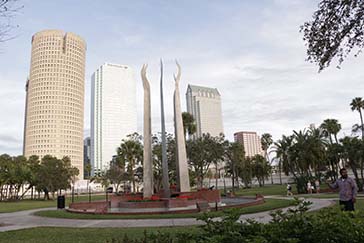The discrepancy between what owners and renters are saving in some cities is huge. It’s understandable that renters earn less and are usually single, while a higher percentage of owners are married and have a heftier income, but just by looking at the numbers and sometimes seeing thousand-dollar differences is staggering.
“One of the biggest culprits behind the heavy housing cost burden is the fact that incomes have not increased at the same pace as housing prices, creating an affordability problem nationwide. Apartment rents have accelerated during and after the recession, as demand for rentals has surged. Renters who live in the most expensive markets in the U.S., New York, Boston, and the Bay Area, are particularly affected by these disproportionate changes in income versus rents,” Nadia Balint, Senior Marketing Writer, RENTCafé.
For single renters, saving money while earning the median household income seems impossible in most cities, and in those cases where you can save, the amount is quite low. While the situation seems bleak at first glance, there are cities where you can have a sustainable lifestyle without worrying about debt by spending less than the median on living costs. Cutting down on entertainment and eating out less frequently, for example, can sometimes make the difference between running out of money and making ends meet.
Owners have it generally better than renters and can save in almost any city without cutting monthly expenditures—but there are a few exceptions. The tough part for a homeowner comes before he even owns a home: the moment you start saving for a down payment, which if you’re a renter in some of the least renter-friendly cities, you’ll most definitely have a hard time saving.
Methodology
We determined the discretionary income by subtracting living and housing costs from the median household income. The median household income was extracted from Census, separately for homeowners and renters.
Living costs were calculated by multiplying the monthly national living costs—which are calculated by the U.S. Department of Labor—with the NUMBEO Cost of Living Index. Living costs include everything from food to childcare, sports and leisure, transportation, healthcare, entertainment, personal care and services, reading, education, tobacco products and smoking supplies, cash contributions and personal insurance and pensions and other miscellaneous costs.
Rent data, which consists of median rent for multifamily properties of 50 or more units, was provided by RENTCafé.
The list contains top 50 U.S. cities by population. Please note that we split NYC in Manhattan, Brooklyn and Queens.





